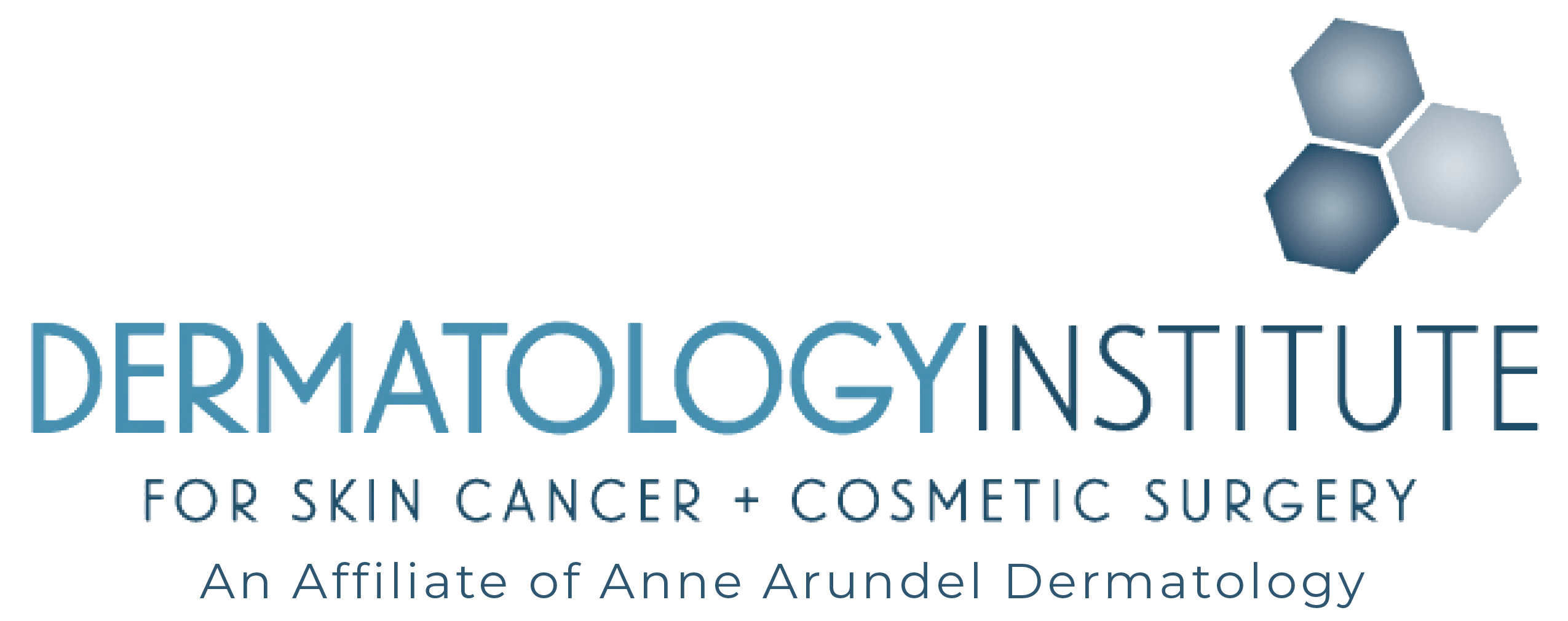What Is Seborrheic Dermatitis?
Seborrheic dermatitis is a scaling disorder of the face, ears and scalp. Scale is noted by its yellow and greasy character. Patients with oily skin and hair are more likely to contract seborrheic dermatitis.
CAUSES
Inflammation is thought to arise as a result of yeast overgrowth (Pityrosporum orbiculare) which colonizes affected individuals.
RISK FACTORS
Infants are at risk early in life, when they develop “cradle cap”. This disorder is characterized by a symptomatic crusting of the scalp. Most of the time, it is the worried parent who brings the condition to the attention of their dermatologist. Other individuals including those with immune deficiency disorders, diabetes, malignancy or HIV are more susceptible. Finally, those with psoriasis, acne or Parkinson’s disease are prone to develop seborrheic dermatitis.
SYMPTOMS
FAQs
How is seborrheic dermatitis treated?
Seborrheic dermatitis may be treated topically with either corticosteroid creams, antifungal, topical sulfur preparations or tars. At present, there is no cure for seborrheic dermatitis. Symptoms can only be controlled. In several instances tar shampoos or zinc shampoos are helpful. In instances where a secondary bacterial infection may be present, we recommend antibacterial shampoos, or even oral antibiotics. Treatments are directed to remove persistent scale and inhibit yeast from colonizing the skin. These are aimed at the control of symptoms rather than achieving a permanent cure.
Are there any special tests needed to diagnose the condition?
Usually not. This diagnosis is typically made on a clinical basis. In most instances, blood, urine or biopsy samples are not performed. In cases unresponsive to treatment, skin biopsies or immune testing may be performed. Dr. Harvey can advise you on how to proceed if your condition is resistant to treatment.
Can seborrheic dermatitis go away on its own?
Seborrheic dermatitis tends to be a chronic condition with periods of flare-ups and remission. While it may improve temporarily, treatment is often necessary to manage symptoms long-term
Our Locations
Visit Dermatology Institute
Our team provides thoughtful, expert care for all your skin health needs. We are proud to offer the most advanced general, surgical, and cosmetic dermatological services in the Newnan and LaGrange areas.

